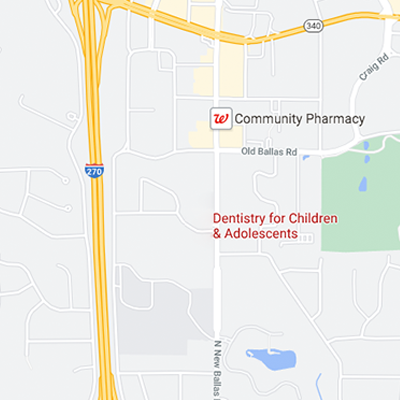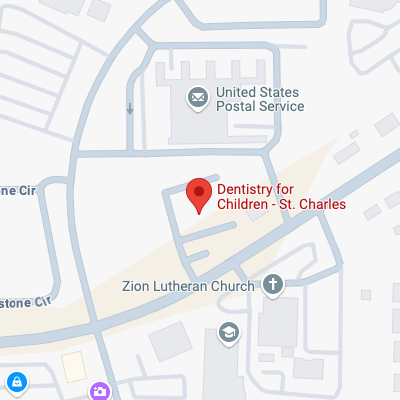Cold Comfort
November 5th, 2025

The sounds of the season are filling the air—falling leaves rustling along the sidewalk, football cheers, holiday greetings—and the coughs and sneezes of your fellow sufferers. Yes, it’s cold and flu season, and you’re one of the unfortunate people who’s caught whatever it is that’s been going around. While you’re recuperating, here are some tips for looking after yourself and your dental health.
- Keep Hydrated
Fevers, sweating, diarrhea, and vomiting can all lead to dehydration. You know how serious that can be for your overall health, but it also leads to problems for your oral health. Lowered saliva production puts you at an increased risk for cavities, since saliva washes away food particles and bacteria, neutralizes cavity-causing acids, and helps strengthen tooth enamel. In addition to the dehydration illness can cause, many over the counter medications leave your mouth dry as well. Be sure to drink fluids throughout your illness, and, as always, try to avoid sugary beverages and acidic drinks.
- Keep Up Your Dental Hygiene
You may feel like you never want to get out of bed again, but it’s important to maintain your dental routine. Brushing and flossing are still necessary to protect your teeth and gums. And try gargling with warm saltwater or a mouth rinse. You’ll not only soothe a sore throat and help prevent the bad breath that sinus problems can cause, but you’ll also reduce oral bacteria and plaque.
- Keep Away from Your Toothbrush after Vomiting
Even though cleaning your mouth and teeth might be the first thing you want do to after throwing up, wait at least half an hour before brushing your teeth. Cavities occur over time when tooth enamel is weakened by the acids oral bacteria produce. When you vomit, your teeth are exposed to much stronger stomach acids, and immediate brushing simply brushes these acids on to your enamel. One common recommendation is to mix a teaspoon of baking soda with a glass of water, swish it around your mouth, and spit it out. Or simply use a glass of plain water, and repeat if needed.
- Keep Your Cough under Control
Here’s a tip your family, friends, co-workers, and fellow public transportation users will thank you for: If you are sick, stay home. If you do find yourself coughing while around others, cover your mouth. Cough into a tissue instead of your hands or the open air. If you don’t have a tissue available, cough into your upper sleeve. And while you’re protecting others, protect your tooth enamel. Replace overly sweet cough syrups with tablets, and, if you are using cough drops, remember that sucking on a sugary cough drop is like sucking on candy. Look for the sugar-free variety and use only as directed.
- Don’t Keep Your Toothbrush
Now that you’re feeling better, it might be time to throw out your toothbrush. The chances of re-infection are low (unless you have a compromised immune system), but we often hang on to our toothbrushes long after their effective days are past. A toothbrush should only last around three to four months. If yours is older than that, this is a perfect opportunity to replace a brush that might be getting a bit long in the tooth with a fresh, germ-free model.
Above all, be good to yourself when you are ill. Drink healthy fluids, maintain your dental routine, and treat your teeth and your body with care. Here’s wishing you a speedy recovery, continuing dental health, and a season filled with beautiful smiles.






